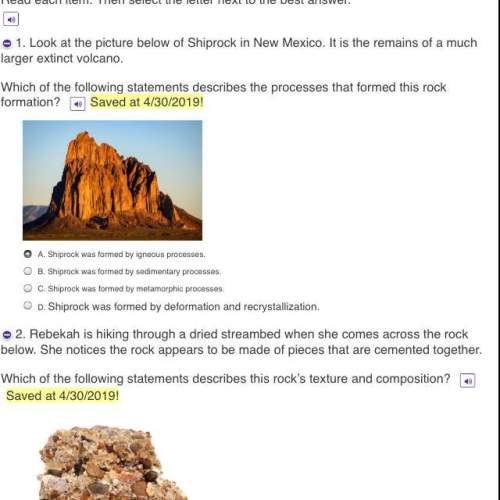
Biology, 13.09.2019 03:30 sydneydavis57
For pedigree problems, use the tips in figure 14.15 and below to determine what kind of trait is involved.
a. if parents without the trait have offspring with the trait, the trait must be recessive and the parents both carriers.
b. if the trait is seen in every generation, it is most likely dominant (see the next possibility, though).
c. if both parents have the trait, then in order for it to be recessive, all offspring must show the trait.
d. to determine the likely genotype of a certain individual in a pedigree, first label the genotypes of all the family members you can. even if some of the genotypes are incomplete, label what you do know. for example, if an individual has the dominant phenotype, the genotype must be aa or aa; you can write this as a–. try different possibilities to see which fits the results. use the rules of probability to calculate the probability of each possible genotype being the correct one.

Answers: 1


Other questions on the subject: Biology


Biology, 22.06.2019 17:30, leilakainani26
What type of cell division is used to replace old cell?
Answers: 2

Biology, 22.06.2019 19:00, kcarstensen59070
Question 1 which of the following allows cells to take in fluids? a. phagocytosis b. pinocytosis c. exocytosis d. receptor-mediated endocytosis question 2 molecules move along their concentration gradient (from areas of high concentration to low concentration) using active transport mechanisms. a. true b. false question 3 which of the following powers active transport (ie. provides the energy for)? a. glucose b. transport proteins c. atp d. phospholipids question 4 what type of lipid is a major component of the plasma membrane? a. cholesterol b. phosopholipids c. proteins d. triglycerides
Answers: 2
You know the right answer?
For pedigree problems, use the tips in figure 14.15 and below to determine what kind of trait is inv...
Questions in other subjects:



Mathematics, 30.07.2019 01:00










